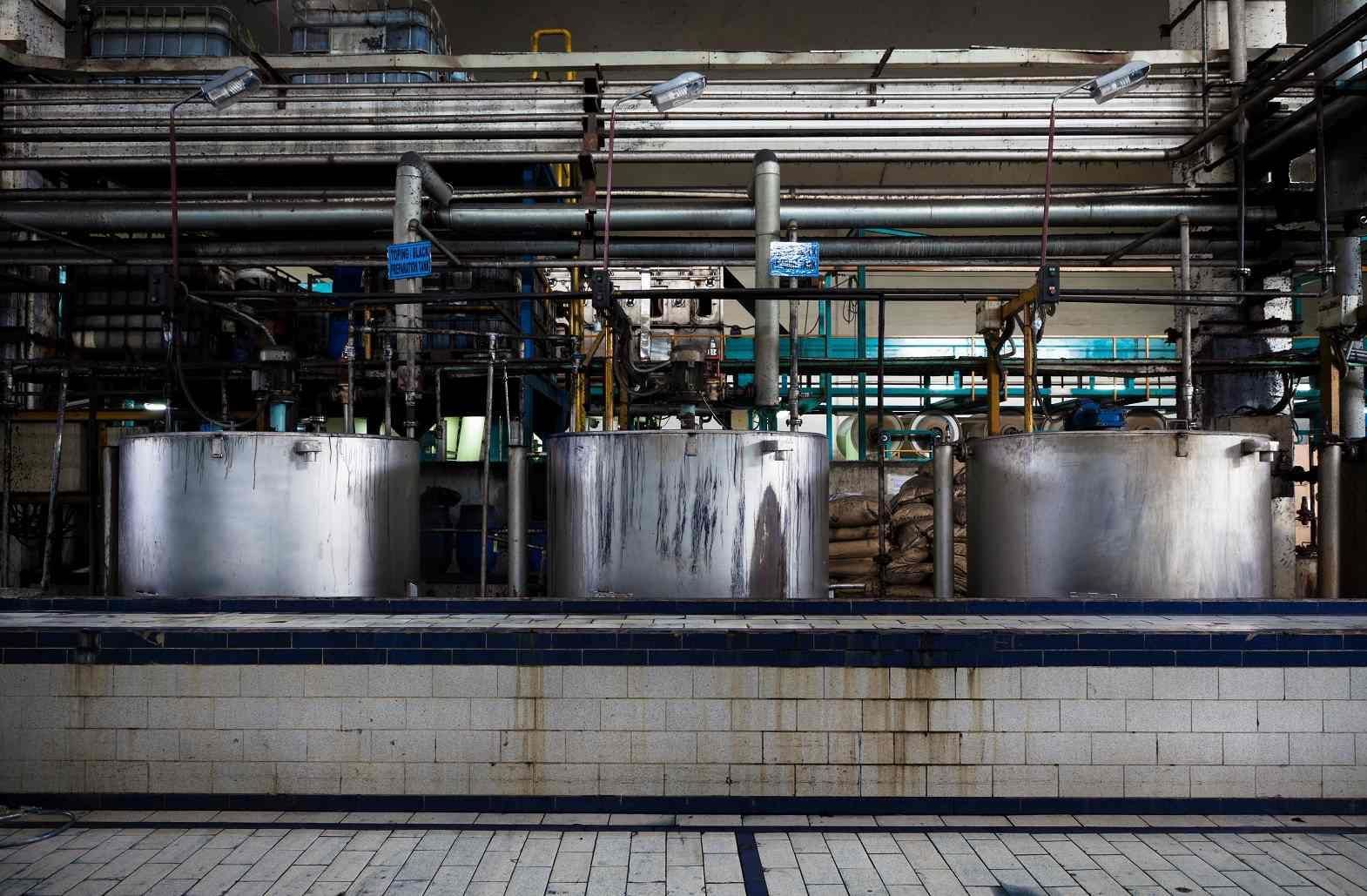Emerging economies see immense potential in the world of textile dyes. Since these countries are rich in terms of natural resources, their production is easy in these countries. Emerging economies indulge in the production of natural as well as synthetic dyes in large quantities. China has become the largest market for textile dyes owing to its vast textile production. The manufacturing of textile dyes is also majorly based in far-east Asia. India's contribution to the world dye industry is more than 5 percent. Indonesian batik cloth producers and other textiles manufacturers in Southeast Asia are increasingly switching to natural dyes.
These countries, which were less developed as compared to their counterparts in the west, largely adopted natural dyeing techniques. The use of machines in this process was minimal. Dyeing was labor-intensive and time-consuming. But as the economies progressed, the processes began to get automated. Even the dyes and chemicals used in the printing process were not limited to natural dyes. Synthetic dyes came to be used in emerging economies in large quantities. Acid dyes, azoic dyes, and chrome dyes were manufactured in and also exported from the emerging economies.
Few of the reasons for the booming textile dyes industry in the emerging economies of India, China, South Africa, Brazil, and others are abundant natural resources and cheap labor found in these countries. Indigo was cultivated in almost all parts of India in small quantities earlier. It has been used for textile dyeing in India, China, and other countries for hundreds of years. Other natural resources commonly used to make textile dyes are also found in abundance in these countries. To add to the advantage, they have low labor costs which make producing dyes and dyeing fabrics and clothes inexpensive. Labor cost in the USA was recorded at 108.96 index points in the last quarter of 2012, which was way higher than the BRIC countries.
Textile dyeing usually consumes a lot of water. It has been estimated that for every 1 kg of textile being processed, around 100 to 150 liters of water is consumed. Water is especially used as a solvent in textile dyeing. Besides, wastewater released into the atmosphere after the process ends is hard to be treated. Emerging economies are gradually realizing the environmental impacts of this process and are switching to dyeing textiles with liquefied carbon dioxide instead of water. Adidas, a reputed garment manufacturer, adopted this technique to dye its garments in collaboration with a leading group based in Thailand.
Emerging economies are making use of advanced technologies in the production of dyes and chemicals for the textile industry. Nanotechnology is again a booming technology in these countries. Though its use in these countries is not as much as the advanced economies, it is experiencing a steady growth. Active research and development in this area is being carried out in India, China, Brazil, and Cuba. Nano-dyeing is an often used technology in textile dyeing. Nano-ecological dyeing is an emerging concept in these countries, keeping in mind 'the sustainability' factor.
The sustainability factor in textile dyeing is a widely discussed topic in the emerging markets nowadays. Developing countries are quickly shifting their preferences from synthetic dyes to natural dyes in the textile industry. This is because synthetic dyes have the potential to cause adverse effects on the health of people and the environment. Emerging economies are shifting to the production and use of natural dyes instead of synthetic dyes. In fact, the import of synthetic dyes is banned in several developed countries including Germany. Use of azo dyes is banned in developing countries like India owing to its environmental and health impacts.
Technology is spreading its wings full-fledged in the developing countries. Various technologies are used to dye clothes easily, quickly, and in an environment-friendly way. The concept of AirDye technology, which makes use of air instead of water in textile dyeing, is quickly picking up pace in the developing countries. This method consumes 95 percent less water and up to 86 percent less energy as compared to the traditional dyeing methods. Renowned fashion houses in developed economies like Costella Tagliapietra and Argenti have inspired its counterparts in developing economies to adopt this technology.
This industry is contributing positively to the overall growth of the developing economies. Dyes made out of Cochineal dactylopius, Indigofera tinctora, Haematoxylum campechianum, Rubia tinctorum, Maclura pomifera, Punica granatum, Schinopsis lorentzii, Reseda luteola, etc. are exported in large quantities from the developing economies. Cochineal is one of the main items for export in Mexico. It is used to dye woollen and cotton textiles in Mexico. India has always remained a major exporter of indigo dye since ancient times. Textile dyes of all types are expected to increase by 6.4 percent in the near future from India.
Global standards that define good quality textile dyes are also adopted by the developing countries. Global Organic textile Standard (GOTS) is one of the major certifications popular in the emerging economies. International Organization for Standardization (ISO) certifications are procured by many textile dyeing mills and dyes manufacturing units in the emerging countries. This industry is expanding in the emerging economies. The global textile dyes market is estimated to reach US$ 5.5 billion by 2015 and the emerging economies will have a major contribution to make in this regards.
References:
1. Companiesandmarkets.com
2. India-exports.com
3. Ehow.com
4. Facweb.cs.depaul.edu
5. Tradingeconomics.com
6. Sustainablebrands.com
7. Wikipedia.org
8. Airdye.com
9. Tactilefiberarts.com
10. Prweb.com








Comments